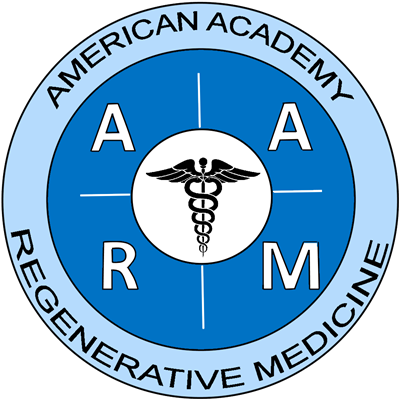ASRM Accreditation for Biobanks & Cell-Manufacturing Facilities
ASRM provides a specialized accreditation pathway for biobanks and cell-manufacturing companies engaged in Regenerative Medicine (RM) and Advanced Therapy Medicinal Product (ATMP) development.
Our accreditation program certifies that your facility meets standards aligned with translational readiness, clinical integration, and quality assurance — extending beyond traditional biobanking compliance models.
Core Accreditation Tracks:
-
Biobank Accreditation
For organizations managing the collection, storage, and release of biological materials (e.g., MSCs, EVs, cord blood, amnion) for regenerative use. -
Cell-Manufacturing Accreditation
For labs and facilities performing cell or exosome processing, expansion, or therapeutic manufacturing (research or clinical-grade). -
Combined Accreditation
For facilities integrating both biobanking and manufacturing workflows under one quality system.
What’s Involved:
-
Documentation and SOP review
-
Quality system and traceability evaluation
-
On-site or remote inspection of infrastructure and workflows
-
Translational-readiness assessment (including release criteria and functional data)
Why It Matters:
-
Gain recognition as a regenerative medicine–ready facility
-
Strengthen your credibility with hospitals, trial sponsors, and partners
-
Support internal excellence and regulatory preparedness
-
Market your institution as ASRM Accredited and translationally aligned
Become a Member
Join the AABRM today! As a member you have access to experts in the field, publications, research opportunities and Board Certification
Member Application